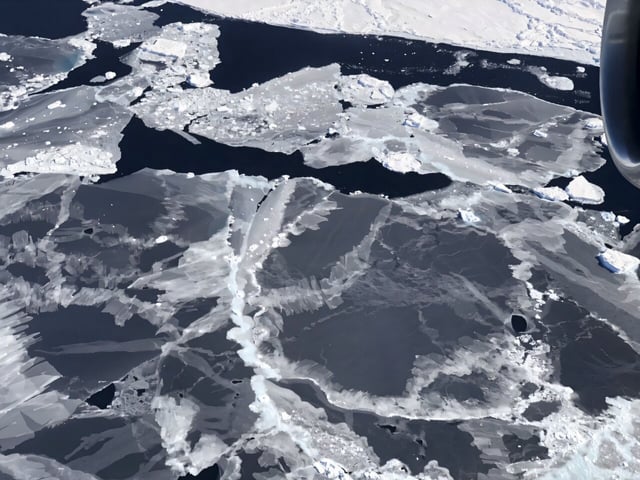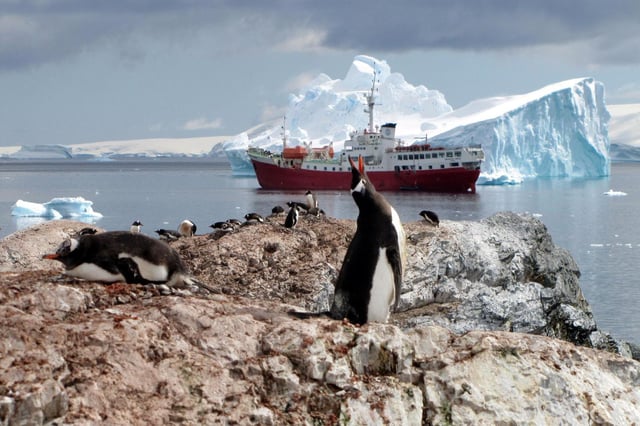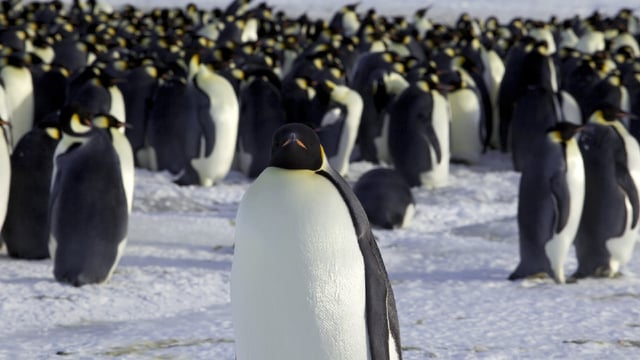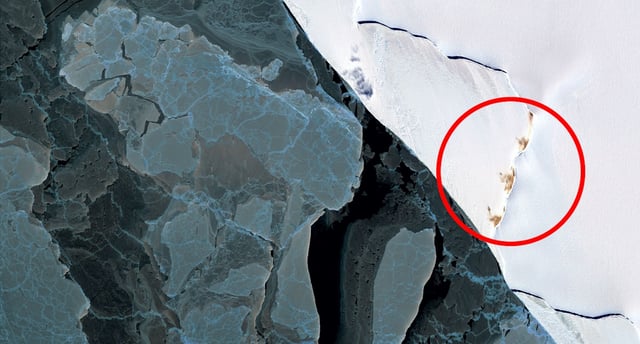Overview
- Researchers analyzed 16 colonies across the Antarctic Peninsula, Weddell Sea and Bellingshausen Sea using high-resolution satellite imagery to cover nearly 30 percent of the global population.
- The study found a 22 percent decline in emperor penguins between 2009 and 2024, a rate roughly 50 percent worse than the most pessimistic computer model projections.
- Warming oceans have thinned and destabilized sea ice, causing breeding platforms to collapse and drowning chicks before they develop necessary defenses against icy waters.
- Shifting storm, snow and rainfall patterns, heightened food competition and increased predator access are likely accelerating population losses beyond sea ice reduction alone.
- Scientists warn that without substantial cuts in greenhouse gas emissions, emperor penguins could face near extinction by the end of the century.



